SEM Tracking: A Guide to Tracking and Reporting Your SEM Campaign Results

Done well, SEM makes your product or service climb the rankings of a high-intent keyword your customers search to find your exact product or service (sometimes surpassing organic rankings! In this way, you can use it to market your brand effectively.
But how do you ensure your SEM efforts are driving results for your brand? Here’s where SEM tracking comes in handy. We’ll go into SEM, the top SEM KPIs to track, and how to communicate these insights to your clients through reporting.
- What is search engine marketing (SEM)
- Why track your SEM results?
- How to track SEM results with DashThis
- Automate your SEM reporting with DashThis.
What is search engine marketing (SEM)?
SEM is an online marketing strategy in which organizations buy targeted ad space at the top of search engine result pages (SERP). It’s perfect for driving high-intent traffic to your website, leading them further through your conversion funnel, or encouraging purchases.

Get your SEM report with your own data!
Search engines are popular among Internet users. The market leader in search engines, Google receives 6.3 million searches a minute. Engage just 1% of that massive monthly search traffic on a high-intent keyword on Google Ads (previously Google AdWords), and you’ve got many potential sales and leads.
Targeted advertising and high search intent make SEM a potent digital marketing strategy. Paid search has one of the highest conversion rates among digital marketing channels (above organic search, paid social media and display ads) according to a 2024 Contentsquare report. As a result, it’s a favorite among B2B marketers, with 30% of 900 B2B marketers ranking SEM as the top source of leads in a Sagefrog survey.
How does SEM work?
Imagine selling perfume at a busy marketplace stall and wanting to get as many sales as possible. To do this, you’ve got a few factors to consider.
- A stall location where perfume enthusiasts frequent: In SEM, strategic keyword research and target audience research are critical ingredients for a successful SEM ad campaign, like scoping out a prime location for your stall where the people likely to buy your product visit.
- An attractive display: Just like how you want to arrange your tea in an eye-catching manner that highlights your fragrances, this is your compelling ad copy, offer, and creatives in SEM.
- Bidding for prime locations: In SEM, advertisers bid on keywords to ensure their ads appear for their targeted keywords, just like vendors bid higher for locations with the most foot traffic.
- Optimizing strategy based on data: Do you notice offering free fragrance samples attracts the best customers to your stall? To do well in SEM, you’ll analyze your campaign performance, look for trends and patterns in your KPIs, and adjust your campaigns accordingly.
SEO vs SEM: how do they compare?
Search engine optimization (SEO) involves structuring content to rank highly in organic search results and creating authoritative content that’s valuable for people searching for answers to their problems.
In contrast, SEM advertisers buy ad space on a search engine like Google or Bing through an auction while encouraging people to engage with their ads with targeted ad copy or creatives.
SEM search results appear in an auction for specific keywords. Depending on the advertiser's Ad Rank, these can appear above organic search results and have the word Sponsored to differentiate them from organic results. Advertisers (that’s you or your client) pay when people click on your ad.

SEM search snippets for the search term plumbers near me
In SEO, Google uses ranking factors like backlinks, domain authority and keyword rankings to rank the correct information for targeted keywords. Unlike SEM, you don’t pay when people click on your web pages' ranking in an organic search.
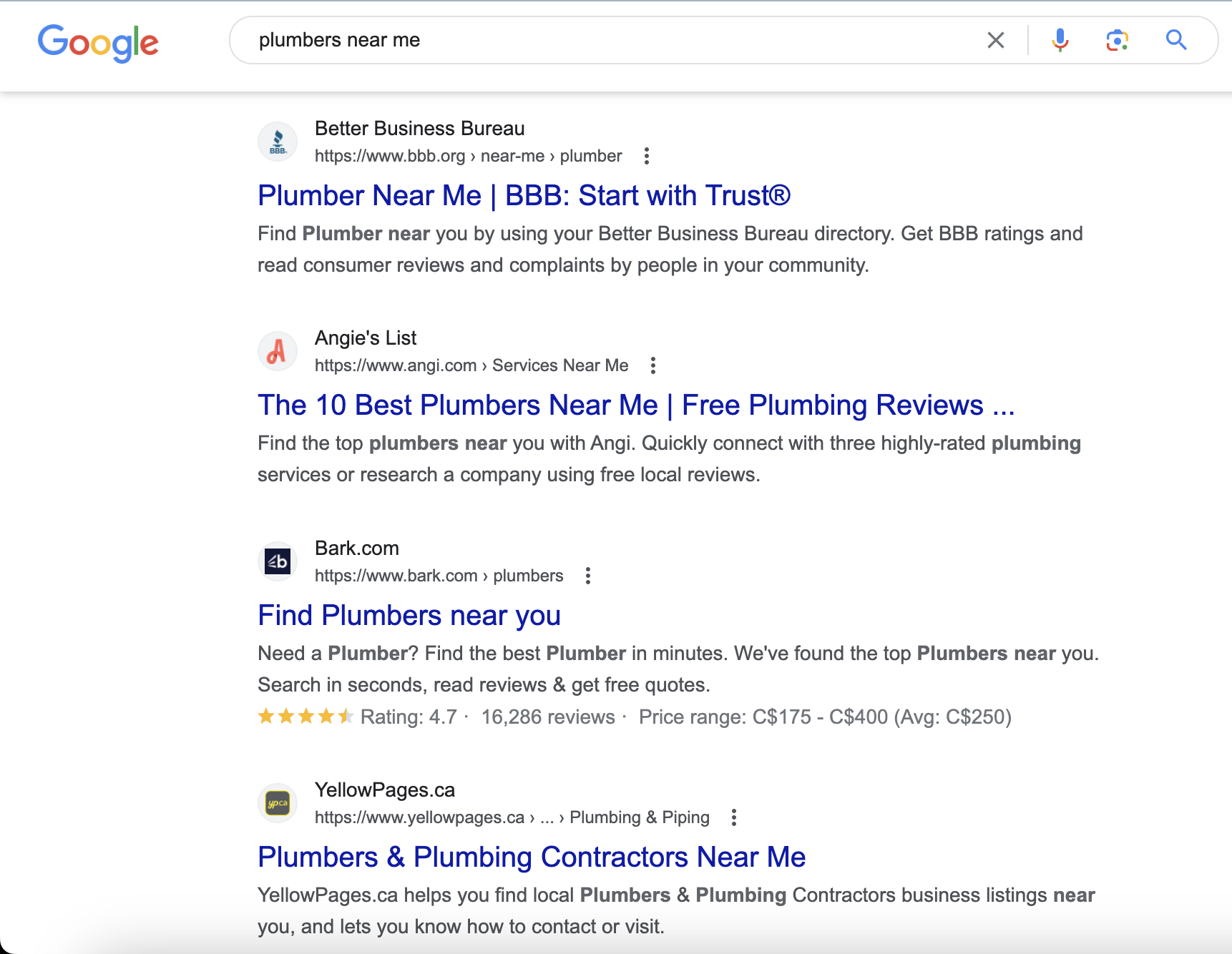
SEO results for the same keyword phrase
Why track your SEM results?
Show SEM ROI and measure campaign effectiveness
Executives want to see every marketing dollar's return on investment (ROI). It’s critical to have visibility of all your campaigns, what revenue they drove for the business and where to improve.
To answer these questions, you need to:
- Have a single source of truth for all marketing campaign performance data
- Link marketing activities to sales and revenue growth
- Communicate these findings and explain the next steps with a report or dashboard
When marketing professionals have mixed confidence in their ability to measure campaign ROI, you’ll stand out if you can develop the skills and structure to track your SEM results and link marketing performance to business revenue.
Understand user behavior to optimize campaigns
Everything’s measurable in digital marketing, which means you can refer to different campaign metrics to adjust your campaign KPIs or decide which element would benefit from A/B testing.
For example, a low click-through rate suggests people see your ads but aren’t engaging with them. To optimize this metric, you might:
- Give your call-to-actions an actionable next step
- Check to see if your target keywords match your search intent and ad copy
- Adjust your marketing efforts based on your marketing mix modeling
All these data points help you know if your campaigns are effective and what you can do to improve them.
Enhancing multi-channel decision-making with data-driven insights
Tracking SEM results enables you to optimize your SEM strategy, assess your SEM campaign performance against other channels, and decide on your marketing strategy.
Multi-channel reporting is even more critical in e-commerce. Shoppers shop across multiple channels, and according to a Forrester study, two-thirds of respondents say they use more than 10 data sources to keep track of the customer experience across different marketing channels.
Here’s where having an automated reporting process for your clients becomes essential. Take it from digital agency Evoluted, which has over 80 dashboards set up on DashThis, some featuring three marketing disciplines in the same report. Their reporting approach makes it easier for their clients to see overall progress across their active channels.
Important metrics to track in your SEM report
These metrics cover the most common objectives of an SEM campaign and should be included in your report depending on your campaign goals.
If you need help setting your campaign goals, check out our step-by-step guide to choosing the right metrics to include in your report.
Click-through rate (CTR)
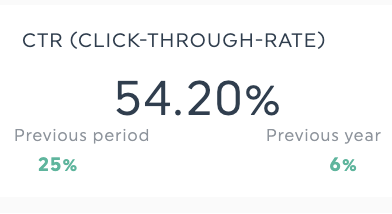
People click on your ads if they find them compelling and relevant to their search query. Click-through rate is a good SEM engagement metric to monitor to ensure your ad’s copy and creatives interest people to engage with them.
Click-through rate formula: CTR = (Clicks / Impressions) 100
Cost Per Click (CPC)
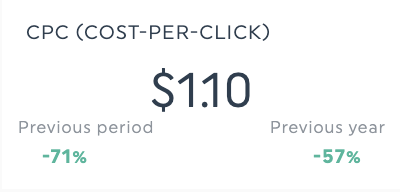
CPC measures your average spend for your SEM campaigns and should be monitored to measure your marketing spend and forecast your ad budget.
Conversion rate
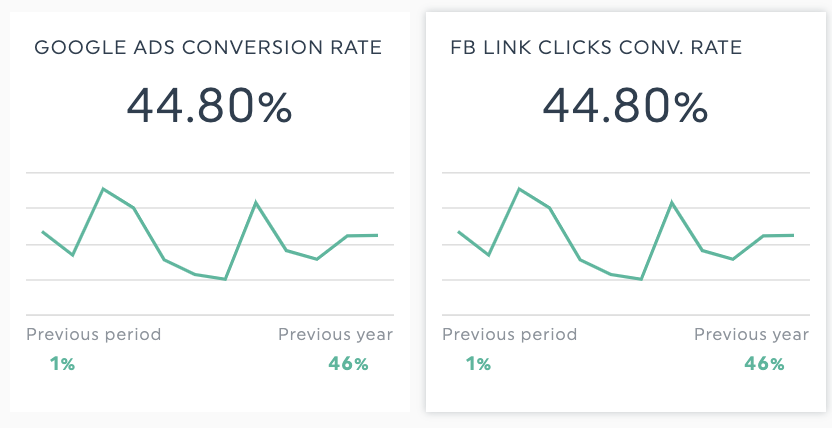
Half of CEOs surveyed in a 2024 study from Boathouse want marketing teams to drive sales and grow revenue. Fulfilling that goal and showing the value of marketing to your client’s business starts with conversion tracking.
Conversion examples:
- Successfully submitting a form for a free trial
- Buying something on an e-commerce store
- Signing up for an email newsletter
Quality Score
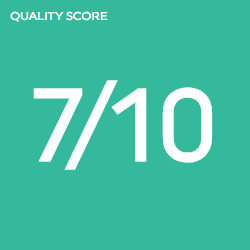
Quality Score is an aggregate metric in Google Ads and Bing Ads to assess the quality and relevance of your ads.
Quality Score uses several SEM KPIs to come up with this metric, like:
- Average ad click-through rate
- Ad text and creative relevance to your targeted keywords and search intent
- Landing page performance, including page speed and how well your landing page content matches keyword search intent
It’s a valuable metric to monitor regardless of whether you’re using SEM to raise brand awareness, drive conversions or improve lead generation for your sales team.
Return on ad spend (ROAS)
ROAS tells you how much revenue you earn relative to your advertising spend.
It’s also a key metric to measure if you’re presenting to executives concerned about marketing’s impact on bottom-line revenue.
How to track SEM results with DashThis
First, sign up for your 15-day free trial here
Connect your SEM data sources
DashThis integrates multiple SEM and PPC tools like Google Ads, Google Analytics, Google Search Console, SEMRush and Bing Ads. You can even showcase your paid social ads on LinkedIn Ads or TikTok Ads to get complete visibility on your digital marketing campaigns - no more manual data exports, formatting and headaches.
Once you’ve connected your SEM platforms to DashThis, click on Create Dashboard.

Build your report (and save time with templates).
Use our report templates to get started with key metrics quickly, or customize the dashboard with our preset widgets and data visualization options.
Let’s say you want to analyze your SEM performance thoroughly in a Google Ads report. Our SEM report template includes a variety of widgets and visualizations to make your findings more accessible, such as:
- Number widgets to show revenue and cost figures
- Percentage widgets for conversion metrics
- A gauge widget - great for visualizing key performance indicators (KPIs) or goals) for your target cost per conversion
- Table widgets to show your campaigns, ad groups and their associated metrics at a glance
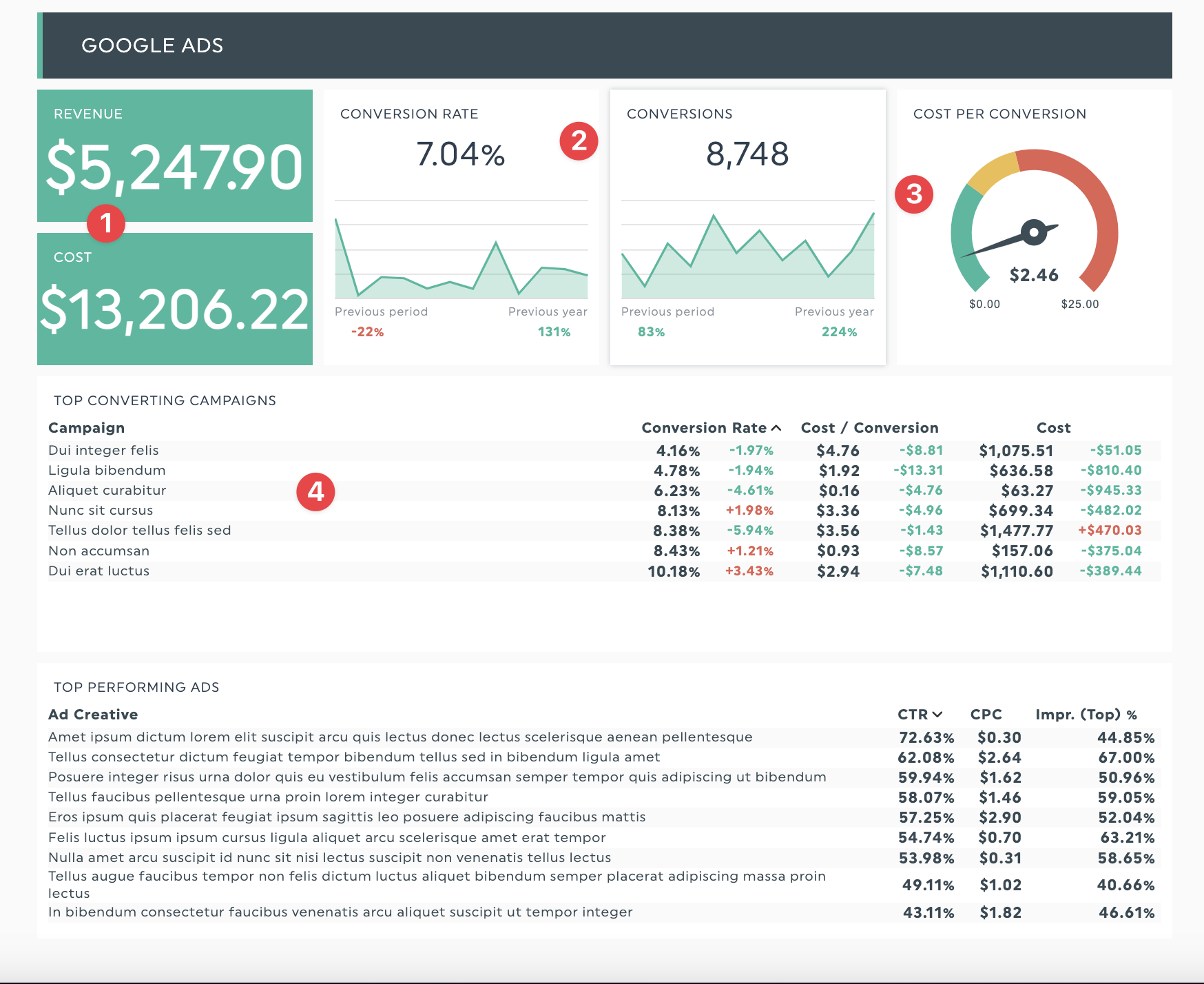
Get your SEM report with your own data!
Schedule your SEM report for your clients
Finally, after all the work you’ve put in, don’t forget to send off your report!
Set up DashThis to deliver your report every week or month at the same time. You won't have to worry about forgetting to send your report again.
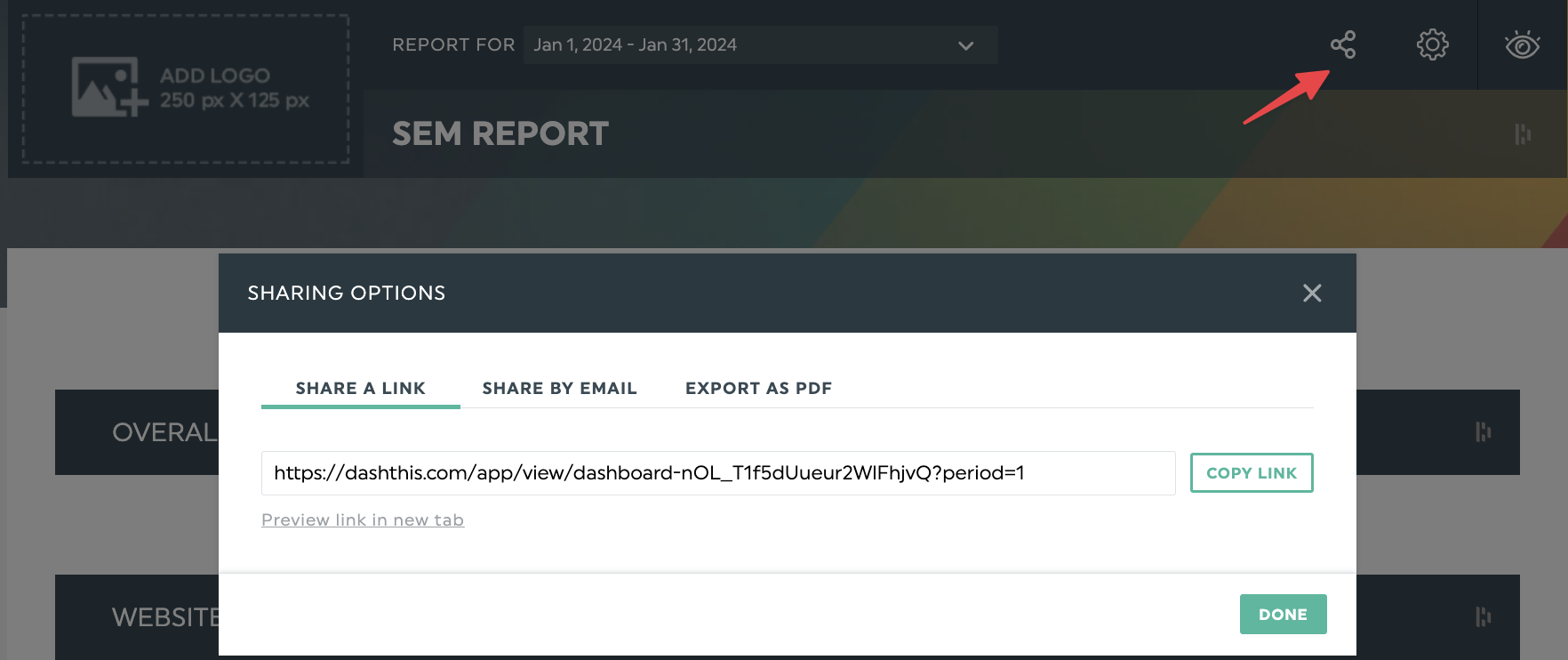
DashThis offers multiple SEM report sharing options, like
- Automated email dispatch
- A URL link to the report for clients to view in real-time during your in-person or video conferencing client meeting
- Export the report as a PDF to attach to your email or upload to a client folder.
Your reports are a way to communicate regularly with your clients, and it’s an excellent opportunity to position yourself as a trusted agency partner and strengthen your client relationships. For example, marketing agency Search Station combines their DashThis report with video recording software to discuss and explain their results to clients. These steps ensure they communicate well and showcase the value of their work to their clients.
Read more: How marketing agencies create client reports
SEM report template

Get your SEM report with your own data!
Our SEM report template is here to help you give a structure for your upcoming client report!
The template includes the top SEM KPIs and a structure to organize your metrics so you can focus on analyzing data and developing recommendations for your clients. Just connect your data sources, import your data, and start analyzing!
Automate your SEM reporting with DashThis.
SEM can drive outstanding results for your client’s marketing and business when done well. Give your clients and stakeholders complete visibility on their SEM campaigns without spending time on manual reporting with DashThis.
If reporting and analytics are something you need help with, let us help you! Give DashThis a try with our 15-day trial; no credit card required.
Ready to start tracking your SEM performance?
Read More
Don’t miss out!
Automate your reports!
Bring all your marketing data into one automated report.
Try dashthis for free

